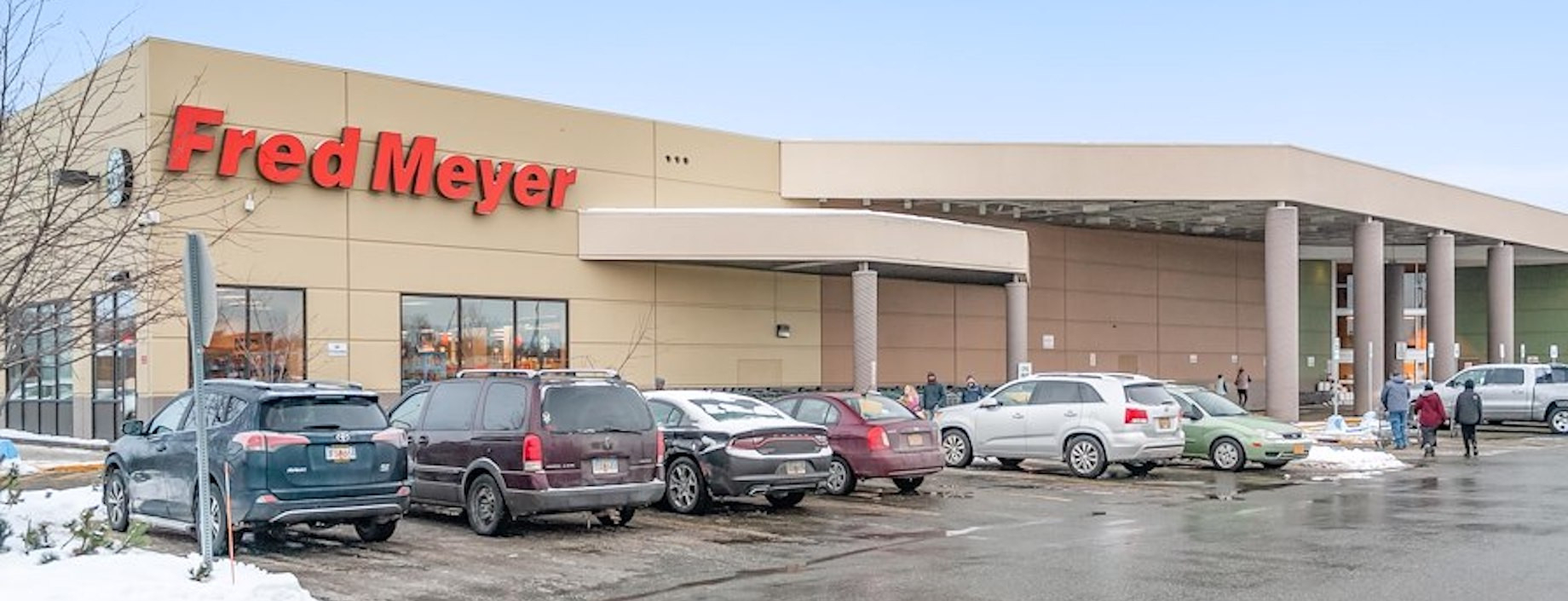In response to the onslaught of supply chain issues, labor shortages, inflation and rising interest rates, many retailers have embraced an asset-light strategy, employing the time-tested sale-leaseback to generate cash. The biggest example right now: Activist investors holding a 9.5% stake in Kohl’s want the department store chain to pursue a sale-leaseback program.
The investors — Macellum Advisors, Ancora Holdings, Legion Partners Asset Management and 4010 Capital — said such a deal could unlock the value of the chain’s prime real estate holdings and rake in more than $3 billion. Kohl’s had recently rejected an outright sale of the company, and its consideration of sale-leasebacks reverses a stance the retailer had taken against them as recently as May. “It’s no secret that Kohl’s has a very big asset on the balance sheet: real estate,” Kohl’s chair Peter Boneparth said on an investor call in early July. The company operates 1,162 locations across the U.S. and owns 400 of those, and its real estate could be worth $7 billion to $8 billion, according to SEC filings.
And in early 2020, Oak Street Real Estate Capital purchased 2.1 million square feet of retail, distribution and office space from Bed Bath & Beyond for $250 million and leased it back to the company. Also in 2020, Big Lots sold four distribution centers to Oak Street in a $725 million sale-leaseback, which seemed to thwart a proposed buyout of the retailer by Apollo Global Management.
Those are large-scale examples, but the pace of sale-leaseback transactions no doubt is accelerating. According to SLB Capital Advisors, retail comprised 26% of commercial property sale leasebacks in the first quarter of 2022, up from 16% during the same period in 2021.
Among the most in-demand retail properties for sale-leasebacks are car washes, convenience stores and quick-service restaurants, according to SLB Capital managing partner Scott Merkle. However, the universe of potential candidates is ever expanding. In March, National Retail Properties acquired a portfolio of 35 retail stores from Badcock Home Furniture for $94 million.
For Both Retailers and Investors, Why Do a Sale-Leaseback?
“It is kind of a win-win for both sides,” said John Feeney, senior vice president at The Boulder Group, which consults on both net lease and sale-leaseback transactions. “It really has its place in the marketplace for both investors looking to place capital and net lease and then also for tenants looking to raise capital in a different way, an efficient way, to use for the variety of reasons.”
Demand for retail sale-leasebacks from both retailers and investors, while steady over much of the past decade, increased during COVID. “Demand for long-term sale-leasebacks has been on the uptick for the past couple of years,” noted Cushman & Wakefield senior director of capital markets Anthony Pasqual. “Once COVID hit, people were really looking for that long-term, certain cash flow, so it accelerated that market even further. And some retailers had some distress situations where they needed to raise capital. Supply was there, and people were doing transactions.”
Sale-leaseback investments typically are the purview of institutional investors, private equity firms and REITs. Buyers “are looking for credit quality and real estate,” Feeney said. “Those are the two big things, and then it branches off from there. On the real estate side, what is the access like? If Retailer A left, how can we reuse this real estate? What are the demographic trends? How do the rents that they are paying compare to rents in the area? And then on the credit side, how are the financials for Tenant A? What are their store sales? How profitable is this location? Can they pay the rent?”
Marcus & Millichap brokered two grocery sale-leaseback portfolio transactions last year, one for nine 9 Hy-Vees in Iowa, Minnesota and Wisconsin and the other for 28 Fred Meyers in Alaska, Idaho, Oregon and Washington. “Both of those attracted the truly institutional capital that was looking to take advantage of the [tenants’] credit, which in turn enhanced the buyer’s ability to use certain types of debt financing based on the investment-grade credit,” said Marcus & Millichap national director of retail Daniel Taub.

Fred Meyer in Anchorage, Alaska.
When’s the Right Time for Retailers to Do a Sale-Leaseback?
“No two sale-leasebacks are the same, and because the way companies hold real estate assets is different, there are always so many nuances,” said Will Pike, vice chairman and managing director of CBRE Net Lease Properties and CBRE Corporate Capital Markets. “There are a lot of factors for doing them. One is obviously raising capital — taking the assets off your balance sheet — but it can also be to pay down debt. Or if the retailer is going through expansion and change, it’s a great way to utilize capital without having to go to the bond market or traditional financing, which could be more expansive in an expanding-rate environment. In other words, it can be used to go on offense.”
He pointed to one more major prompt: “From a retailer standpoint, the reason you do sale-leasebacks is there is a substantial amount of capital in the system.” In other words, if buyers are lining up, those that have something to sell might step up.
There are also times when a retailer should avoid a sale-leaseback. “You don’t want to consider a sale-leaseback if you are a struggling business, and you don’t necessarily want to consider a sale-leaseback if you are in a location you don’t see as long-term viable,” noted Merkle.
Even amid economic uncertainty, the volume of retail sale-leaseback deals should remain steady. “In 2022, we are back to a more normalized environment where real estate investors don’t have any hang-ups on retail and are now looking at things that were completely shut down during the pandemic, such as theaters and gyms,” said Merkle. “The market is certainly open, and there are a lot of real estate investors that continue to look for sale-leaseback opportunities.”
By Ben Johnson
Contributor, Commerce + Communities Today